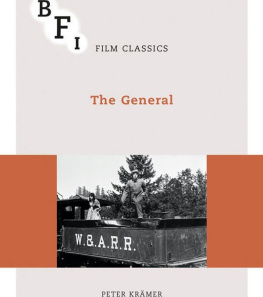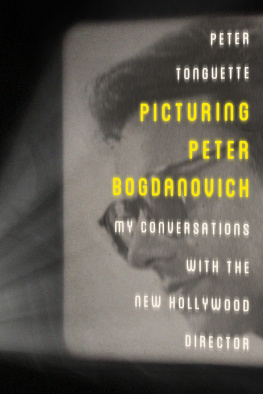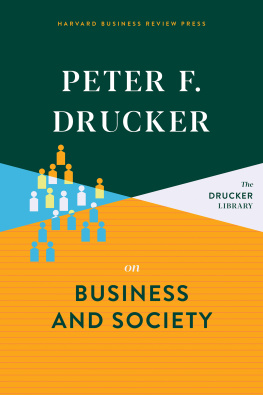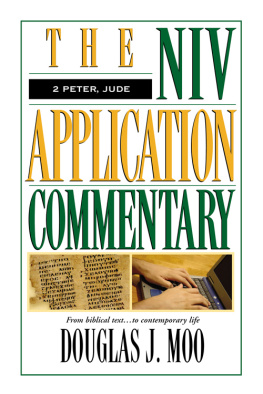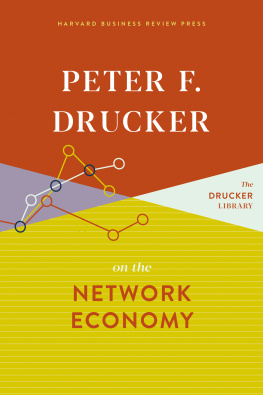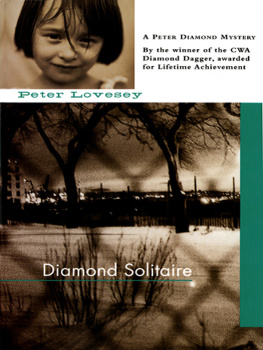Peter Bogdanovich: Interviews
Conversations with Filmmakers Series
Gerald Peary, General Editor
Peter Bogdanovich
INTERVIEWS
Edited by Peter Tonguette

www.upress.state.ms.us
The University Press of Mississippi is a member of the Association of American University Presses.
Copyright 2015 by University Press of Mississippi
All rights reserved
Manufactured in the United States of America
First printing 2015
Library of Congress Cataloging-in-Publication Data
Bogdanovich, Peter, 1939
Peter Bogdanovich : interviews / edited by Peter Tonguette.
pages cm. (Conversations with filmmakers series)
Includes index and filmography.
ISBN 978-1-62846-184-8 (cloth : alk. paper) ISBN 978-1-62846-187-9 1. Bogdanovich, Peter, 1939Interviews. 2. Motion picture producers and directorsUnited StatesInterviews. 3. ActorsUnited StatesInterviews. I. Tonguette, Peter Prescott, 1983 editor. II. Title.
PN1998.3.B64A3 2015
791.430233092dc23
2014031698
British Library Cataloging-in-Publication Data available
Contents
Eric Sherman and Martin Rubin / 1968
Gordon Gow / 1972
Martin Rubin / 1974
American Film Institute / 1978
Stephen Myers and Larry Estes / 1979
Michael Ventura / 1982
American Film Institute / 1986
Thomas J. Harris / 1988
John Gallagher / 1997
Gerald Peary / 2002
Alex Simon / 2002
Stephen Lemons / 2002
Peter Tonguette / 2005
Introduction
Near the beginning of his collection of interviews with directors, Who the Devil Made It, Peter Bogdanovich recalls a vivid exchange he had with John Ford in 1969.
Oh, for Chrissake, Bogdanovich! Cant you do anything but ask questions?! Ford thundered. I mean, Jesus Christ, havent you even heard of the declarative sentence? Since the director of Stagecoach, The Quiet Man, and The Searchers was frequently on the receiving end of Bogdanovichs questioninghaving been the subject of lengthy interviews both in print (in Bogdanovichs book John Ford) and on film (in Bogdanovichs documentary Directed by John Ford)it is not hard to understand his good-humored mock outrage at his unremitting interlocutor.
As if to prove Fords point, the quote appears in the context of an introduction to a book made up of nothing but questions asked by Bogdanovichabout casting and acting, camera angles and cutting roomsand the answers proffered by Alfred Hitchcock, George Cukor, Edgar G. Ulmer, and Howard Hawks, along with about a dozen others. In fact, Ford once shared his bewilderment with Hawks (Howard, does he ask you all those goddam questions, too?), as though Bogdanovichs interrogations represented a kind of secret handshake among directors of a certain age.
As amusing as these two anecdotes are, however, in some ways they are misleading. Bogdanovich was not a fresh-faced fan, who happened to have a microphone at the ready, butin timea peer who was talking shop. Although a number of the interviews gathered in Who the Devil Made It were conducted before Bogdanovich (who arrived in California as a film journalist) broke into moviemaking, many others took place after he began directing in 1968, the year his debut film, Targets, was released. In other words, when Bogdanovich spoke with Cukor in 1969 or Ulmer in 1970 or Hawks in 1972, he was doing so as a colleague.
By then, other interviewersproto-Bogdanoviches, perhapsbegan seeking Bogdanovich himself out to ask questions of their own, to which he gladly, often at great length, and always intelligently replied.
So, to reply to Fords joshing query: Bogdanovich has heard of the declarative sentence, thank you very much, and he was never shy about using it, either.
Assembled in Peter Bogdanovich: Interviews are thirteen interviews with Bogdanovich, conducted between 1968 and 2005, and even the earliest among them offers ample evidence of Bogdanovichs precocious verbosity. In 1968, Eric Sherman and Martin Rubin paired Bogdanovich with Budd Boetticher, Samuel Fuller, Arthur Penn, and Abraham Polonsky for their interview book, The Directors Event. Which of these is not like the other? Boetticher, Fuller, and Polonsky were widely admired veterans of Old Hollywood, while Penn was an already prolific participant in the American New Wave. On the other hand, Bogdanovich had not yet even started production on The Last Picture Show. The future classic comes up, but only as one of several potential projects he has idling on the back burner. The truth of the matter is that when Sherman and Rubin spoke to himas Thomas J. Harris (author of the critical study Bogdanovichs Picture Shows, and of a fine interview included here) put itby contrast to the other filmmakers included, he had produced only one feature to date. Yes, Bogdanovich had just one lonely film of his own to talk aboutbut talk about it he did.
In a new introduction written expressly for this book, Rubin refers to Bogdanovich as a peerlike a hip upperclassman or older siblingwhich is understandable since they were in the same age group and were, at least some of the time, engaged in the same activity: interviewing directors. Yet the way Sherman and Rubin framed their interview suggests that they already sensed that their friendly, accessible contemporary was destined for great things. At the start of the interview, Bogdanovich went on for several pages about, among other things, his abortive career as a theater director (though his off-Broadway staging of The Big Knife was, he said, a successful production critically); his fate-altering encounter with Roger Corman (Roger called me a couple of days later and said, Youre a writer. Wouldnt you like to write for pictures?); and what his favorite films were at age ten (Red River and She Wore a Yellow Ribbon). There is chutzpah in the way Bogdanovich assumed that someone, someday, will care about this highly detailed backstory, and prescience in his interviewers tolerance for it. Subsequent conversationsespecially those with critic Gerald Peary and filmmaker-writer John Gallagherdelved even more deeply into his early days, but here he was talking to Sherman and Rubin about them while he was still in them.
Sherman and Rubin were also the first, but far from the last, to ask Bogdanovich about his purported homages to other directors, when they bring up several allusions to Hitchcock in Targets. This was, Bogdanovich told Peary more than three decades later, the standard Bogdanovich review. As he explained, So, The Last Picture Show was my homage to Orson, Targets was my homage to Hitchcock, and Daisy Miller was my homage to Cukor, and so on. It was all a lot of crap. To Sherman and Rubin, Bogdanovich admitted stealing a shot here or a sequence there (albeit unconsciously), but even with one film under his belt, he clarified his position articulately. Far from pilfering Hitchcock just for the hell of it, he saw his workmodest as it was in 1968as part of a thread that reached back to the roots of the medium. I dont think its possible for anyone whos starting to make films today not to be influenced by whats gone before, he said. Ford, Hawks, Dwan, and these other directors have already done everything, and they were all influenced by Griffith.
Maybe it was a little early in the day for Bogdanovich to answer questions by referring back to the creator of The Birth of a Nation
Next page

